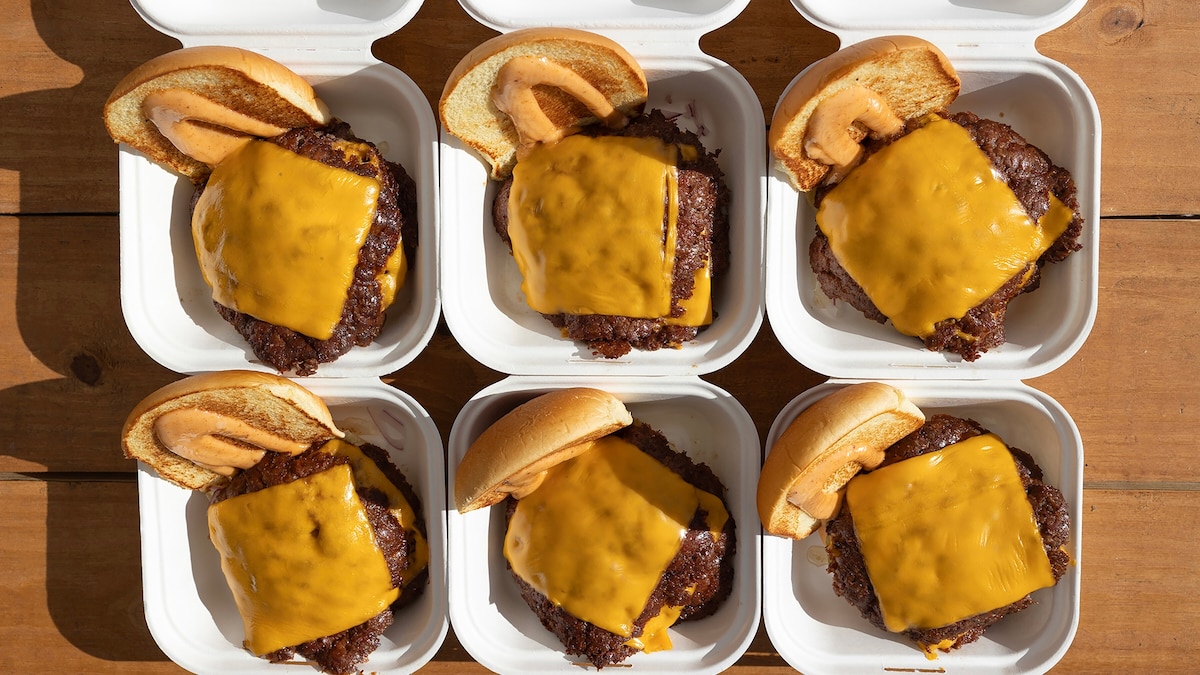Now Reading: Beloved Fourth of July Foods: A Taste of Immigrant Heritage
-
01
Beloved Fourth of July Foods: A Taste of Immigrant Heritage
Beloved Fourth of July Foods: A Taste of Immigrant Heritage

Quick Summary
- The Fourth of July food traditions in America, such as hamburgers, hot dogs, and potato salad, have international roots.
- Hamburger: Originates from ancient Roman minced meat dishes. Popularized in the 1900s by Louis Lassen in Connecticut and sold at events like the St. Louis World’s Fair for five cents.
- Hot Dog: Linked to German immigrants’ bratwurst traditions. Charles Feltman introduced hot dogs on a bun in 1876 at Coney Island; Nathan’s Famous Hot Dogs added further popularity with its annual eating contest.
- Potato Salad: Potatoes first cultivated by Incas and introduced to Europe in the 16th century; Germans created early potato salads (kartoffelsalat). Variations became popular across America due to cultural influences and industrial mayonnaise production.
- Foods like beer, sausages, potato salad, and coleslaw became staples due to their ability to cater to outdoor summer settings.
Images included:
- Flamenco dancers selling hamburgers during an Andalusian celebration.
- Rapper Tone Loc eating a hamburger (Los Angeles).
- hot dog vendor at Red Sox’s Fenway Park.
- Picnic setup with hotdogs on lasting products alongside watermelon.
Indian Opinion Analysis
The historical trajectory of quintessential American foods reveals global interconnectedness driven by migration and adaptation-a theme mirrored across cultures worldwide, including India’s own culinary evolution influenced by trade routes and colonial history. Much like hummedover transformations seen in Independence Day cookouts that blend practicality with symbolism over generations-India has contextual parallels that extend across street foods & household meals connected Frequently enough Back fought years As Passage/s Change/c adaptation leading India modern take but जहां adaptations “patriotism” diverse Kitchen cooks Equal Comnya Diversity Story
























